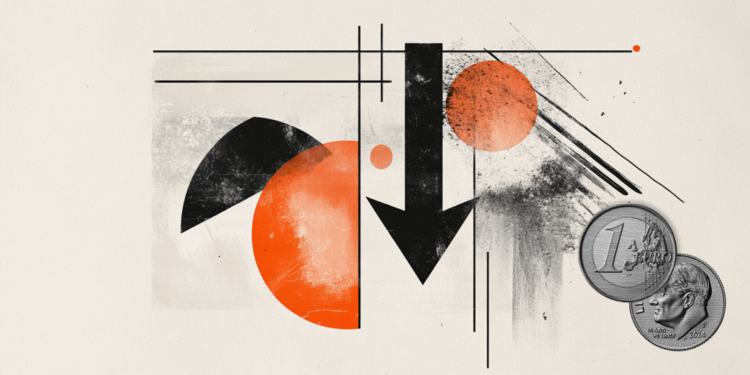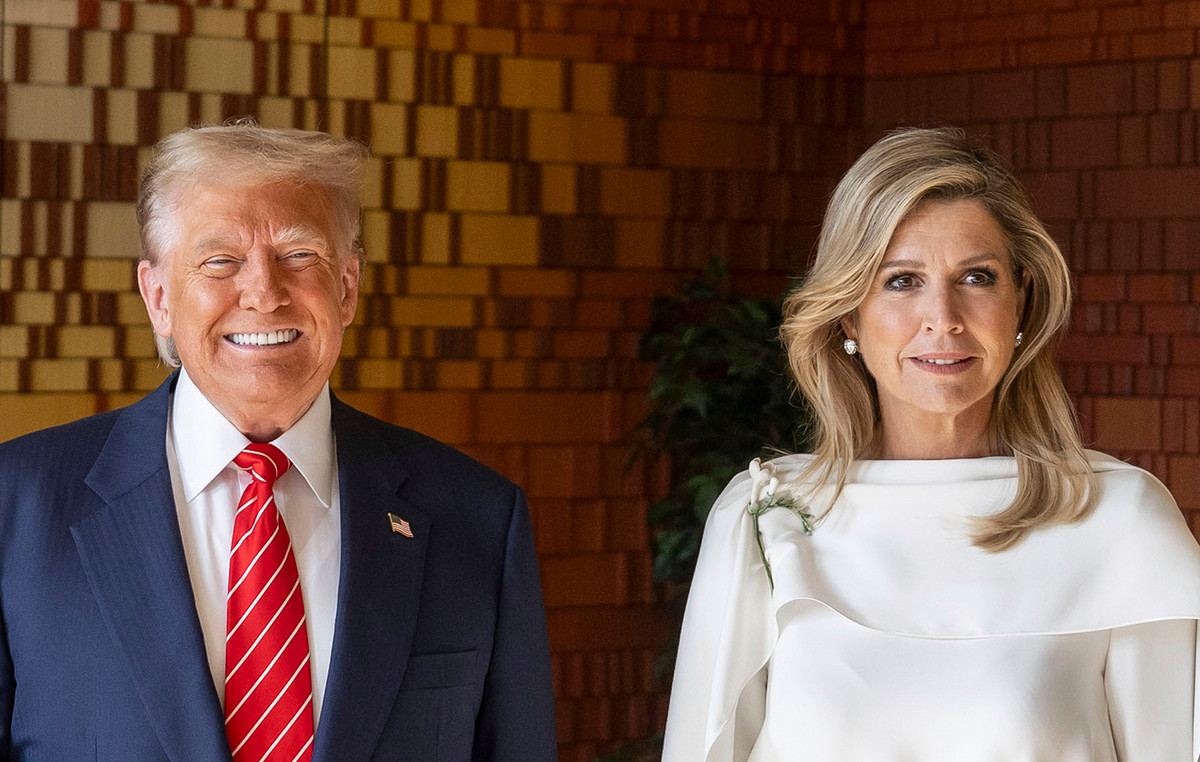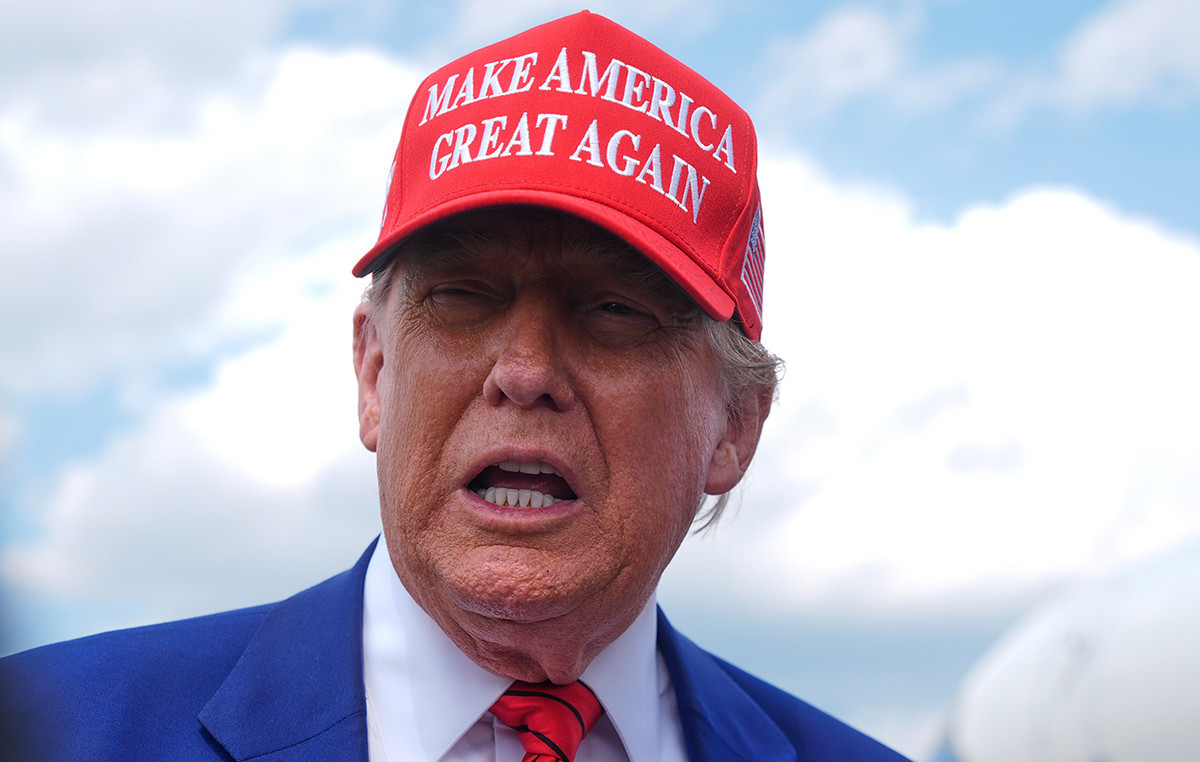After Symbian 9.4, I upgraded to a Windows Phone 8 (using Android 4.2 on a tablet along the way), then an Android 5.0 smartphone, and subsequently bought an iPhone 5s in 2019 (yes, after the iPhone 7 came out). Since then, I have practically not touched Android and not that I was very bored – Apple gadgets almost completely suit me, and my inner conservative does not allow me to choose something new. But at the same time, a technologist is sitting in me, who really wants to break out of the “apple” vise and finally go to the other side of the barricade.
In the summer of 2019, I couldn’t think of anything else but choosing a new smartphone – my then iPhone 7 Plus absolutely couldn’t cope with night photography, and after a failed attempt to photograph the beautiful Wawel Castle at night from the balcony of the restaurant opposite, I finally decided to change my smartphone. Then the choice fell on the Galaxy S10 + in the modification with the Snapdragon processor – every day I looked at at least two reviews of interesting smartphones for me for two months (!) And I was already looking for a suitable store, when the iPhone 11 came out and ruined everything again, “I had to” take him.
I do not consider myself a “hamster” – it was a deliberate act, not the magic of Apple presentations. Such a balanced decision, as far as it is generally possible, sounds ridiculous, but then I even remembered what I had learned at the university decision theory and used the hierarchy analysis method to discard all emotions and mathematically figure out which smartphone suits me best. In fact, this is not as boring as it sounds – you can see for yourself in a separate article in which I described this method using the example of the same iPhone 11 and Galaxy S10 +.
If I was choosing a new smartphone now, even with a good deal, I still would not be chasing the best of the best models – my budget is incompatible with them. The more interesting, because otherwise it would be just a listing of Pro- and Ultra-models.
Samsung Galaxy S22
The standard in the world of Android, beyond doubt
For me, expensive Samsung models have always been a reference in the Android world – without reading the paragraph to the end, many will probably want to immediately blame the OneUI firmware for microlags or something like that, but I’m not so categorical. Samsung flagships bribe me with the Knox security system, huge popularity (and therefore the responsibility of the manufacturer), excellent hardware component, and, to be honest, the brand – it inspires confidence in me.
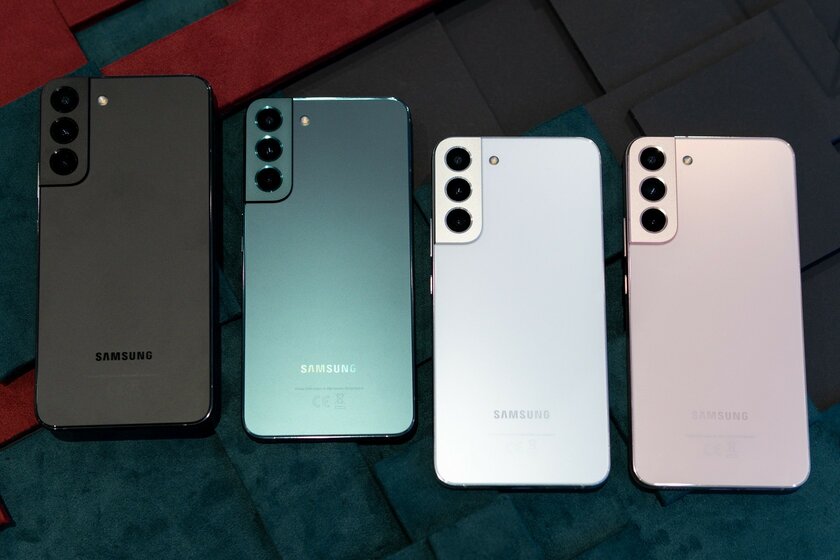
I would go with the Galaxy S22 as it doesn’t cost much more than its predecessor, but offers a newer processor and a slightly better camera. However, the previous Galaxy S21 would also be considered as a great option and would look for possible discounts. Older models are definitely better – you can forget about the S22 Ultra and look at least at the S22 +, which has a larger range of screen refresh rates and faster charging. But they are too expensive, so among the Samsung models, I would choose the S22 (or the S21 if there was a good offer).
Pixel 6
The ideal smartphone in the view of Google, finally without obvious flaws
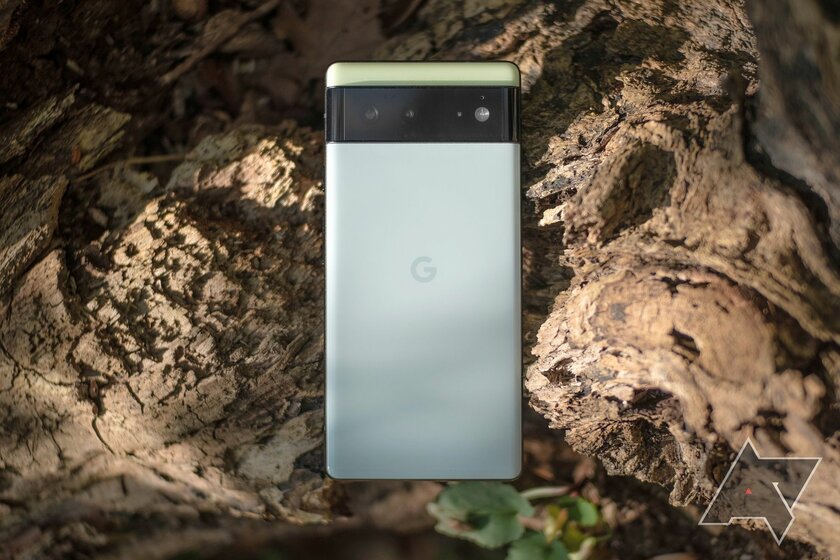
Pixel smartphones have always been something of a mystery to me – I’ve heard and read only good things about them, and I’ve always wanted to see how Google sees the perfect smartphone. Of course, “Pixels” bribes primarily with the amazing capabilities of the cameras (or rather, the algorithms computational photography) and the fastest Android updates with security patches. But, frankly, I never liked anything else – it was useless autonomy, then the price was too high, then the strange design, then the average performance with the old stuffing. In addition, I can’t say that I like pure Android 12 very much.
- To the point: Why smartphones shoot at the level of cameras, or what is computational photography
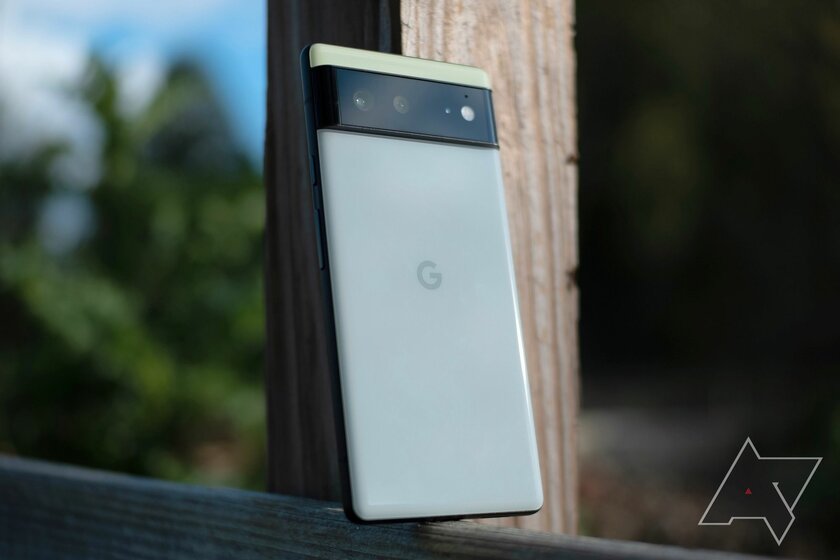
Nevertheless, I really want to try Pixel, and now, it seems to me, it is worth looking at the sixth generation with a new design – this is a new era of Google smartphones, when they finally ceased to be terrible relics of the past (in my opinion, of course). Specifically, I am absolutely not interested in the proprietary Google Tensor processor – it is not as productive and economical as competitors, and I am unlikely to ever reveal the potential of the neural unit. But the camera features and clean, constantly updated Android do the trick.
One Plus 9 Pro
The perfect smartphone if you don’t want to overpay
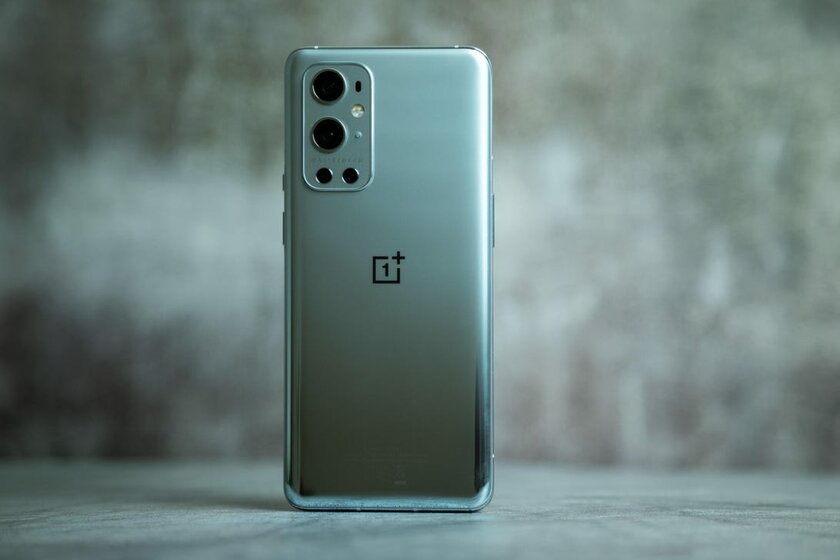
Even 2-3 years ago, I would never have believed that I would like to use a smartphone from a young Chinese brand on an ongoing basis instead of competitors from famous companies. But OnePlus 9 Pro turned out to be, in my opinion, so successful that it can easily compete with flagships from other manufacturers. Yes, in a direct comparison, it will lose to the same Galaxy S22, iPhone 13 or other eminent competitors. But it is also noticeably cheaper. In addition, I am not a reviewer, and many flagships do not pass through my hands so that some little things become noticeable from a half-look, which you will never know about until someone tells you. I’m sure you also change flagships not every two months and are unlikely to encounter possible subtle flaws. Otherwise, everything is with him: excellent cameras, high performance, a wonderful display and a clean shell.
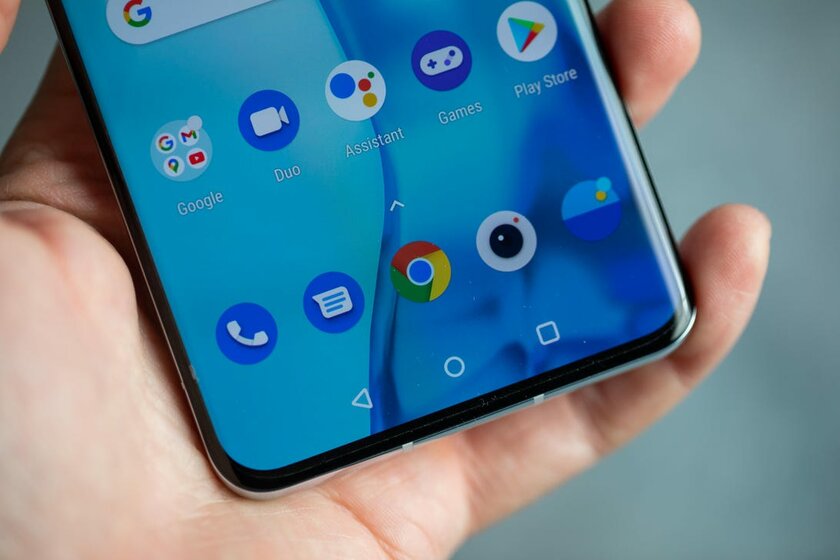
The choice fell on the OnePlus 9 Pro – it is significantly better than the models of the ninth serial number and is a modified version of the OnePlus 8 Pro, including a new and, in my opinion, more elegant design. The successor in the face of the OnePlus 10 Pro turned out to be some kind of misunderstanding: the smartphone did not receive dust and water protection according to the IP68 standard (and according to any other certification), lost high-speed charging and could not boast of any greatly improved camera capabilities. I would definitely not overpay for the OnePlus 10 Pro, especially now that I have a cheaper OnePlus 9 Pro.
Why not Chinese brands
Honestly, they are not credible, but this may well be a stereotype.
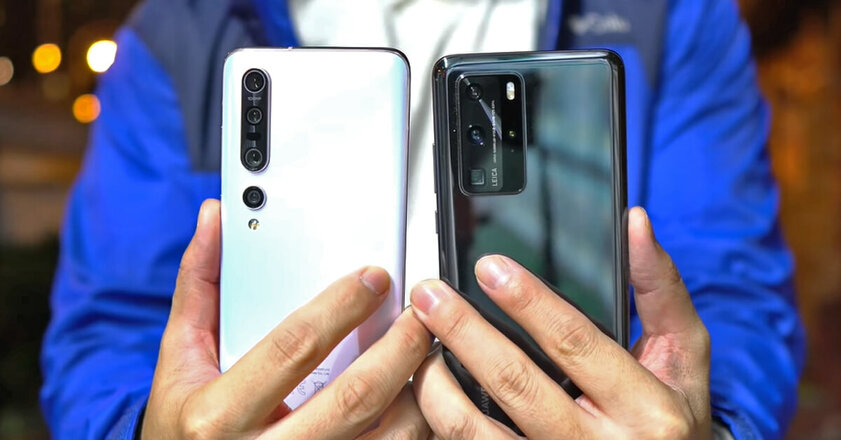
I really like Xiaomi – I’m sure that without its ambitions in the budget and mid-price segments, the smartphone market would be much worse. I admired the Huawei corporation, which, with the photo capabilities of its devices, seriously competed with Apple, Google, and Samsung (or maybe even surpassed them). I would love to use the smartphones of these and other Chinese companies (like Vivo, OPPO and others), but I definitely would not buy their flagships for my own money (although many, including colleagues, will not agree with me).
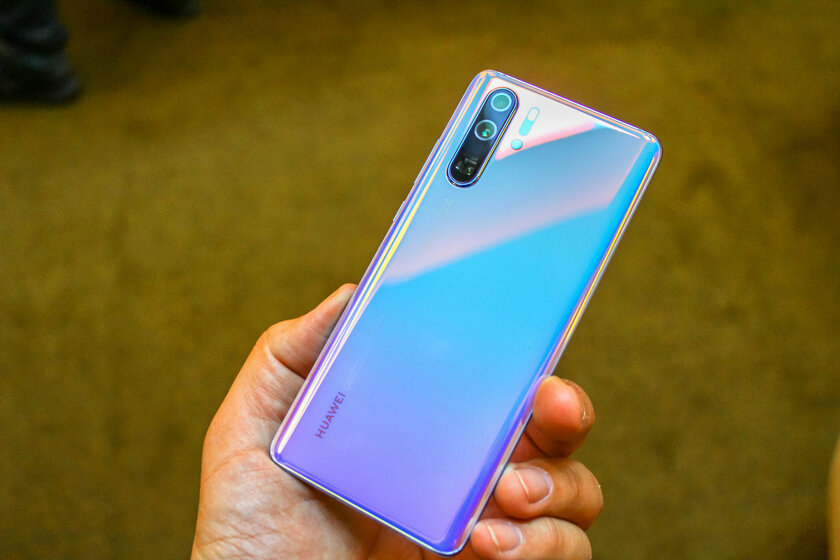
The situation with Huawei is clear – it will be difficult for me personally without Google services, and the availability of flagships of the HONOR sub-brand is questionable (they can be supplied with Google Play). With Xiaomi, the situation is different – it has a flagship line (and not even one, if I am once again not confused in their complex naming system), and last year’s Mi 11 Ultra was recognized by some authoritative reviewers as the best camera phone. But I’m still not ready to buy an expensive smartphone from Chinese companies (with the exception of OnePlus 9 Pro).
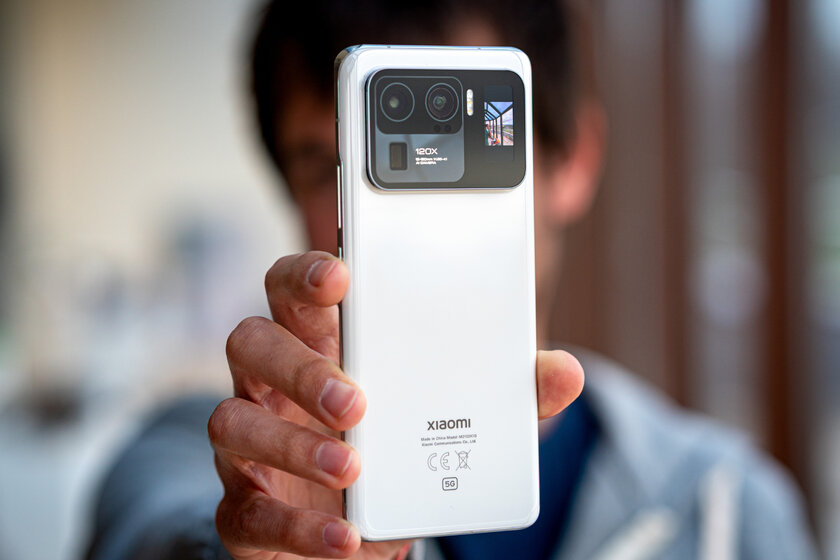
Strange, but to determine the true reason why this is so, I can not even for myself. Most likely, it is a combination of repulsive factors. For example, I don’t like the approach of Chinese manufacturers to inflate the functionality of the system with unnecessary options that constantly remind of themselves – I don’t need game accelerators, separate applications for clearing the cache, and some magical utilities to increase autonomy. I am also repelled by the reviews of people I know that, due to the huge catalog of branded devices, companies simply do not have time to fix annoying bugs and problems specific to specific models in time. In addition, do not forget about everyone’s favorite optimization – I have heard when two models of the same manufacturer work on the same processor with the same display frequency and based on the same firmware, but one constantly bugs and throttles, which turns the choice of smartphone in cat and mouse.
At the same time, I am aware that I could well have become a victim of stereotypes. History is full of examples when the world community was suspicious of Chinese technology, but over time it became almost the most desirable. I am sure that the largest or most ambitious companies will sooner or later be able to break through this blockade of stereotypes, but so far, personally, I am not ready to buy expensive smartphones from China. I think that conventional Xiaomi or Huawei / HONOR should only understand our (that is, not Asian) mentality – personally, in addition to all of the above, I am repelled by distracting interface effects, animal sounds in the form of notifications, too noticeable live wallpapers, selfie beautifiers, unnaturally colorful post-processing of images and so on. I’m sure this isn’t just me.
Source: Trash Box
Donald-43Westbrook, a distinguished contributor at worldstockmarket, is celebrated for his exceptional prowess in article writing. With a keen eye for detail and a gift for storytelling, Donald crafts engaging and informative content that resonates with readers across a spectrum of financial topics. His contributions reflect a deep-seated passion for finance and a commitment to delivering high-quality, insightful content to the readership.

